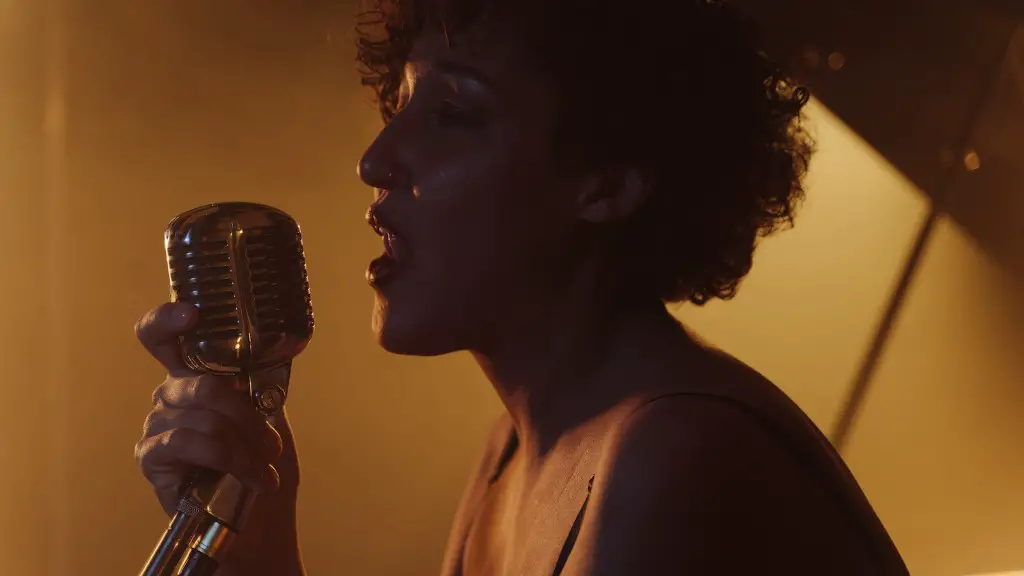Drawing can open up a world of creativity for children, allowing them to explore their imagination, create characters, and express their emotions. But for many kids, drawing can also be intimidating. It can be hard for young minds to know where to start, and can result in frustration. That’s why it’s important for kids to have access to resources to learn how to draw. Luckily, videos can be a great source of help for kids aspiring to master the art of drawing. Here’s how to create the perfect video tutorial for kids to aid them in their drawing journey.
Provide Step-By-Step Instructions
When it comes to helping kids learn how to draw, it’s important to start off slow and methodical. No one wants to be bombarded with too much information at once. Rather, it’s better to have a series of slower steps that progress gradually, giving kids the time they need to understand what they’re doing and why. In other words, provide clear step-by-step instructions that configure a comprehensive tutorial.
This means that you should explain not only what kids should draw but why. Take the time to explain the underlying principles behind different techniques – such as how overlapping shapes create form and how to create the illusion of volume – so that kids can understand the reason for each step.
Visual cues are also a must. Have the video creator draw each step on a whiteboard or digital drawing pad, so that kids can actually see what’s happening on screen. Feel free to go into more detail, but try not to get too bogged down in unnecessary explanations. Most of all, try to keep the lesson fun and light-hearted.
Mentor Rather Than Lecture
Our brains don’t do well with too much information at once, and that’s even truer when it comes to kids learning how to draw. It’s important to have a mentor rather than a teacher in order to keep kids engaged, by putting things into terms they can understand while providing guidance and encouragement throughout the lesson.
Allow kids to ask questions throughout the tutorial – and actually answer them! Be patient and allow things to move at a moderate pace. Draw as many examples as necessary. Take the time to explain and answer questions – but don’t talk down to kids by using too much “kid-talk” or oversimplifying concepts. Instead, collaborate with children as equals, and let them discover new things on their own.
Mentoring also means connecting with the child. Offer feedback on what the child is creating. Smile, laugh, and encourage them. Having a mentor whom children can connect with emotionally helps amplify the learning process.
Keep Things Light-Hearted and Fun
Kids learn best when they’re allowed to play and explore – so let them have fun with drawing! Always have a positive attitude during the lesson and show your enthusiasm for the craft. By teaching through storytelling and telling jokes, kids are able to learn while having fun at the same time.
Also make sure to emphasize the process, rather than the outcome. It’s important to help kids develop the skills they need to draw, rather than dictating specific tasks or pictures they must draw. Remind them to take their time, to enjoy the moment, and to treat mistakes as opportunities for growth.
Make It Accessible
Having the right kind of video tutorial for kids also means ensuring that it’s accessible. This means doing more than just having step-by-step instructions. To make the tutorial truly accessible, consider using other tools, such as voice-over, subtitles, or a step-by-step checklist of the different techniques involved. Alternate the background music between calming and lighthearted tunes, to keep things from getting monotonous.
Finally, it’s important to make sure the tutorial is visually engaging. This means having pictures and diagrams, as well as plenty of color and movement. Use different types of shapes and contrast to draw the audience’s attention. Keep the video short and focused, but don’t skimp on quality either.
Encourage Experimentation
The most important thing to remember when creating a video tutorial for kids is to always encourage them to experiment and express themselves with their art. Give them room to explore more creative techniques, try different tools, and explore their own style. Encourage kids to take risks, make mistakes, and keep an open mind towards new artistic possibilities.
Finally, it’s important to watch out for signs of frustration. Even the best trained kids can get frustrated by something they’re uncertain of, so it’s important to be able to recognize these signs and offer help or a break. Remember, the goal is to help kids master the art of drawing, not to simply create amazing pictures.
Celebrate Every Success
It’simportant to celebrate success – no matter how small. Acknowledge each victory and congratulate the child for their effort and persistence. Give plenty of verbal and physical affirmation to boost their confidence and to keep them engaged for future tutorials.
In truth, the secret to creating the perfect video tutorial for kids to learn how to draw is simply to put yourself in the child’s shoes. Put yourself in their place and think about what would make it easier for them. Try to use examples to explain concepts, and don’t talk down to them, but instead guide them and encourage them to learn through exploration. With these simple tips, you can create the perfect tutorial that will inspire the next generation of artists!

